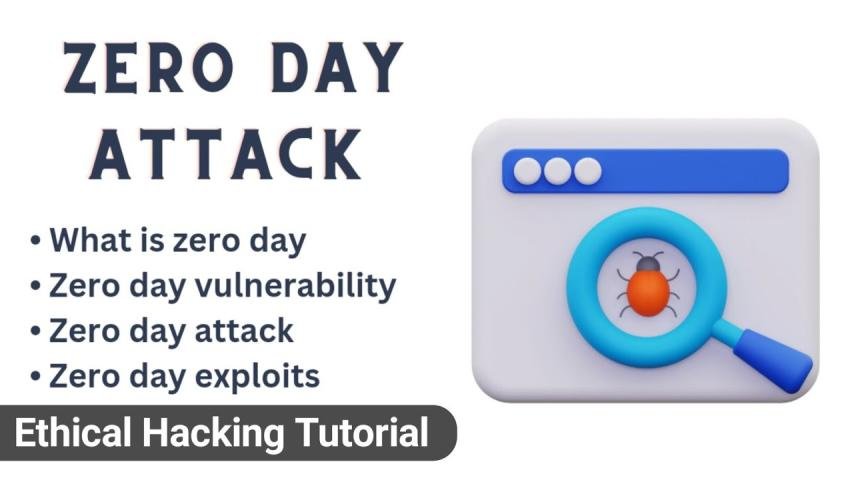
Zero-Day Vulnerabilities Explained: How Hackers Exploit Them
“Zero-day” refers to the fact that developers have had zero days to patch the issue. Because there’s no available fix and defenders are often unaware, these vulnerabilities are extremely valuable to attackers and highly dangerous for organizations that rely on the affected systems.
A zero-day vulnerability is a software or hardware flaw that is unknown to the party responsible for fixing it — typically the vendor. “Zero-day” refers to the fact that developers have had zero days to patch the issue. Because there’s no available fix and defenders are often unaware, these vulnerabilities are extremely valuable to attackers and highly dangerous for organizations that rely on the affected systems.
How zero-days are discovered
Discoveries come from several sources: security researchers hunting for bugs responsibly, independent researchers who may sell findings to brokers, and malicious actors who find flaws while building or probing attacks. Some zero-days are identified accidentally during routine development or when unusual behavior appears in live systems. The key distinction is whether the finder discloses the issue to the vendor (responsible disclosure) or keeps/sells it for exploitation.
How attackers exploit zero-days (high level)
Attackers exploit zero-days by using the flaw to gain capabilities the software did not intend to allow — for example, remote code execution, privilege escalation, or bypassing authentication. Exploits usually take the form of specially crafted inputs, network packets, or manipulations of application logic that trigger the vulnerable code path. Because no patch exists, traditional signature-based defenses may miss novel exploit payloads; attackers often combine zero-days with social engineering, supply-chain footholds, or additional malware to escalate impact.
The lifecycle and market dynamics
Zero-days have a lifecycle: discovery → weaponization (proof-of-concept exploit) → exploitation → potential disclosure/patch. A private exploit may remain secret for weeks, months, or even years if the finder keeps it or sells it to governments, criminal groups, or exploit brokers. This commercial market — legal or otherwise — influences who gets access to exploits and how broadly they are used. High-profile zero-days can be worth large sums to nation-state actors or sophisticated cybercriminals.
Why they’re so dangerous
Because defenders lack a patch and may not know what to look for, zero-day attacks can remain undetected for long periods. They can be used to bypass hardened systems, extract sensitive data, spread laterally across networks, and establish persistent backdoors. The unpredictability and stealth of zero-day exploitation make detection and containment especially challenging.
Defensive strategies (practical, non-technical)
- Defense in depth: Use layered controls — network segmentation, least privilege, multi-factor authentication, and application allowlists — so a single flaw can’t easily cascade into a full compromise.
- Behavioral detection: Focus on anomalous activity (unusual processes, lateral movement, data exfiltration) rather than signatures alone.
- Rapid patching and inventory: Maintain an accurate asset inventory and apply patches promptly for known vulnerabilities; many attacks chain zero-days with known flaws.
- Threat intelligence & monitoring: Subscribe to reputable feeds and monitor indicators of compromise relevant to your stack.
- Responsible disclosure programs: Encourage bug bounty and coordinated disclosure programs to incentivize researchers to report flaws to vendors.
- Backups & incident readiness: Regular offline backups and tested incident response playbooks limit damage when an exploit is used.
Ethics and responsible behavior
It’s important to emphasize that creating or using zero-day exploits against systems you don’t own or manage is illegal and unethical. Security research should follow clear rules of engagement and responsible disclosure so that vulnerabilities are fixed and end-users are protected.
Conclusion
Zero-day vulnerabilities are a persistent and evolving threat because they exploit the unknown. While no single measure eliminates the risk entirely, organizations that adopt layered defenses, proactive monitoring, strong disclosure relationships, and solid incident preparedness can significantly reduce the window of exposure and the potential impact of these stealthy attacks.
Mrityunjay Singh
Leave a comment
Your email address will not be published. Required fields are marked *

